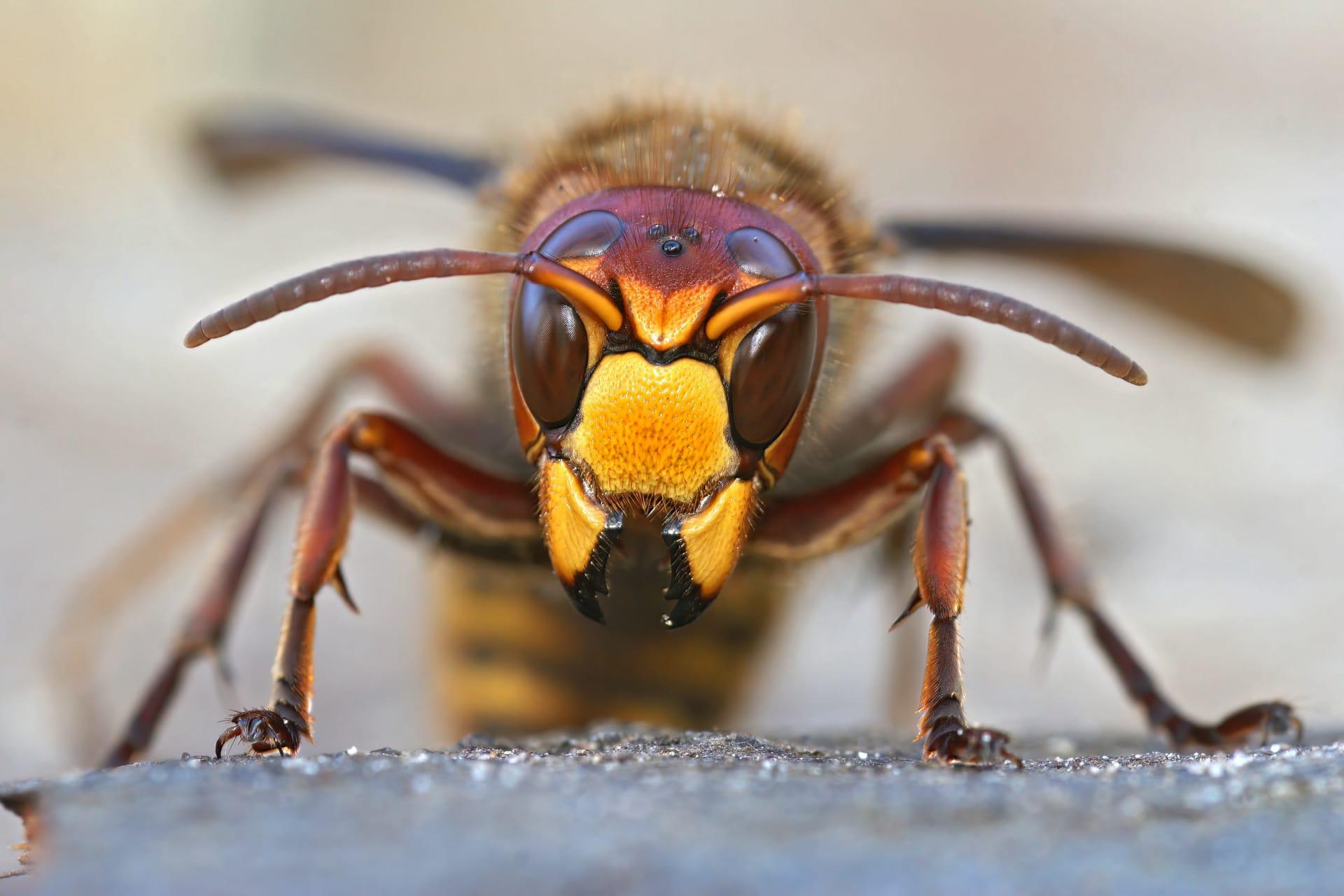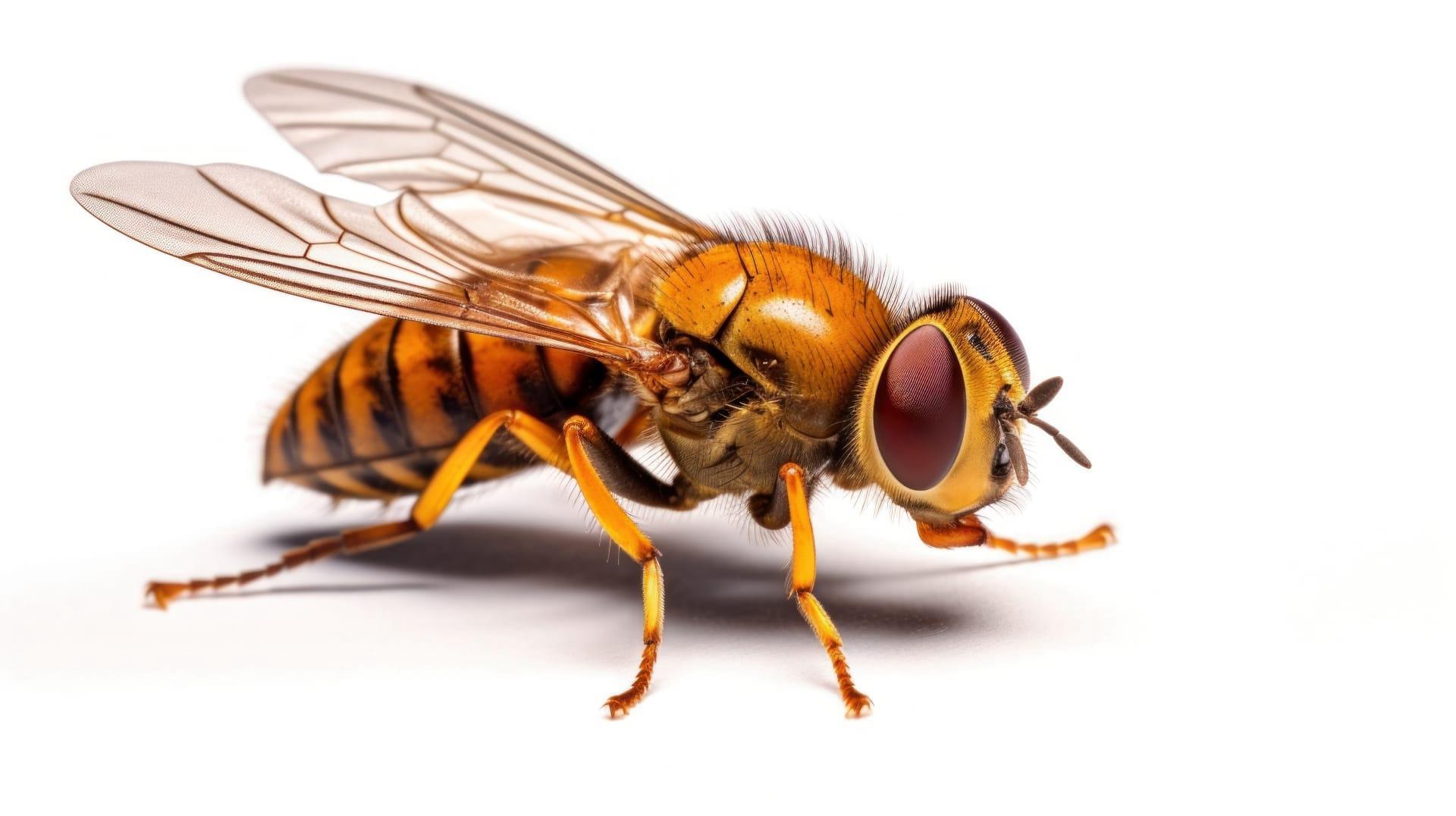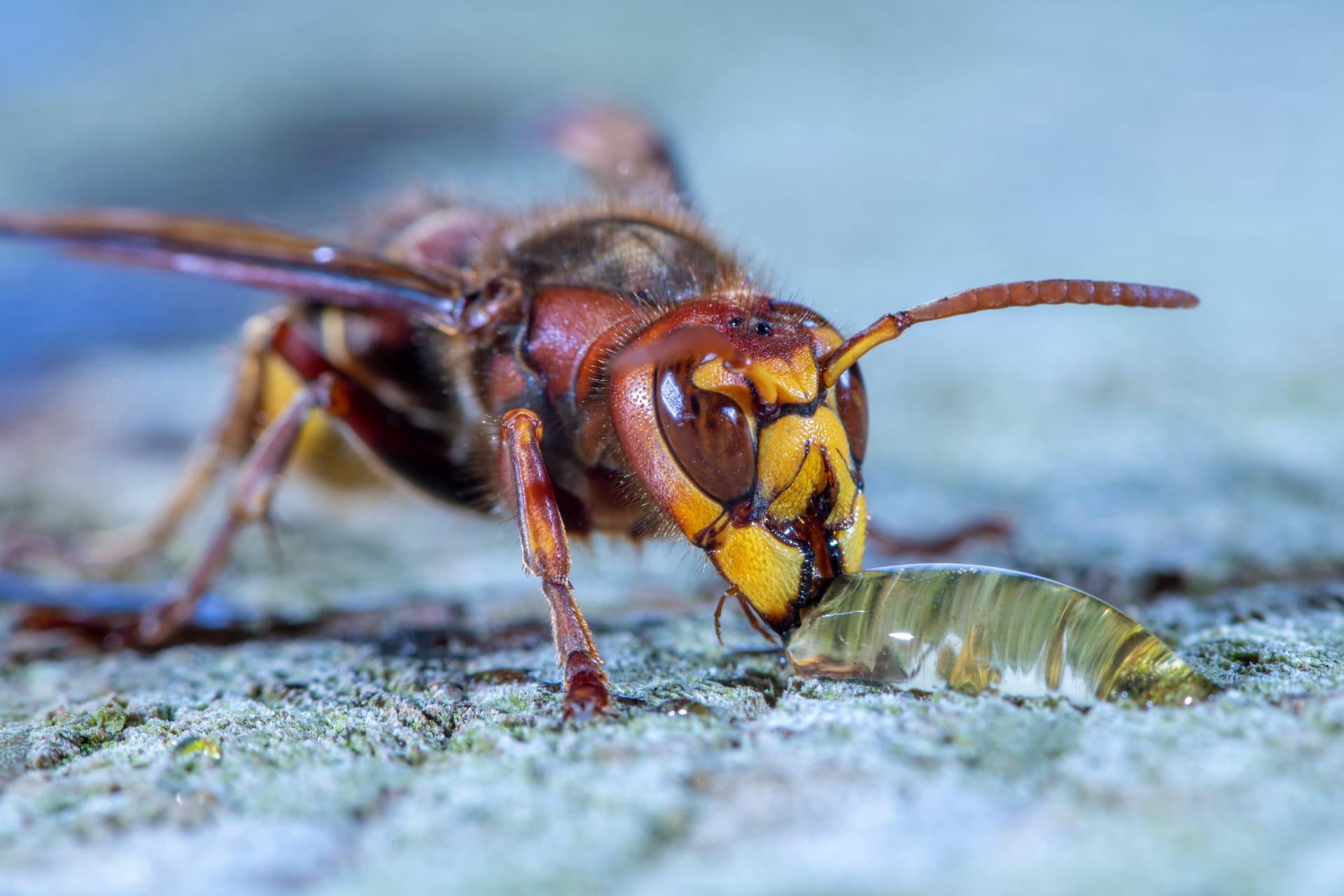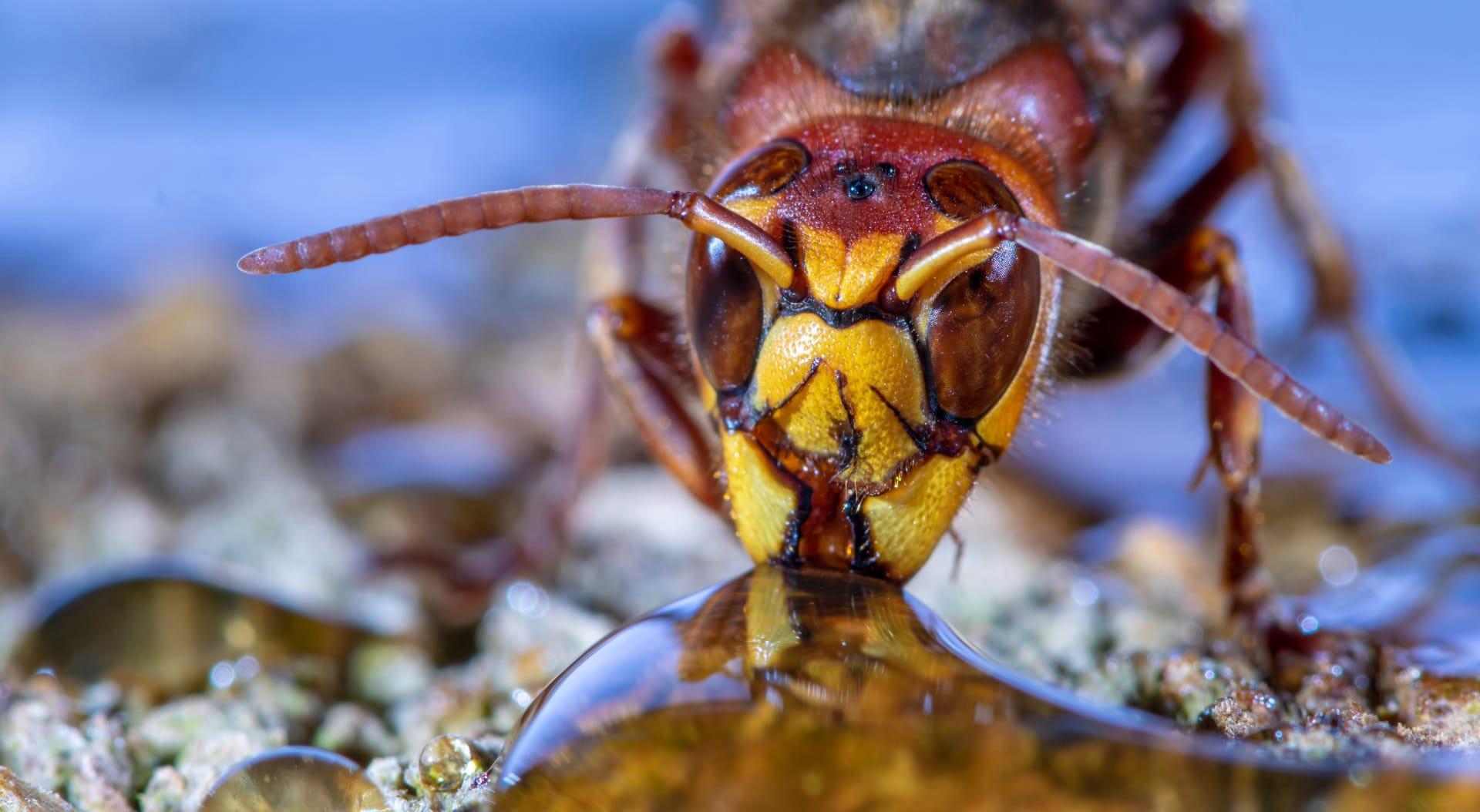European Hornet Characteristics
- Home /
- Mini Encyclopedia /
- Animal /
- European Hornet Characteristics
1
The European Hornet, scientifically known as Vespa crabro, stands out in the insect world for its impressive size. Adult workers typically measure about 1.2 to 1.4 inches (30 to 35 millimeters) in length, making them significantly larger than common wasps. Queens are even larger, sometimes reaching up to 2 inches (50 millimeters). These hornets have a life expectancy that varies significantly depending on their role in the colony. Worker hornets, for instance, usually live about 12 to 22 days, while queens can live up to a year, a lifespan quite remarkable among insects.
One of the most remarkable organs of the European Hornet is its mandibles. These powerful, pincer-like structures are not just for biting or cutting; they serve a multitude of purposes. The mandibles are crucial for hunting and dismembering prey, which often includes insects like flies, bees, and other hornets. Beyond predation, these mandibles play a vital role in nest construction. Hornets chew wood fibers, mixing them with their saliva to create a paper-like material used for nest building. This ability to process raw materials into a habitable structure is a fascinating aspect of their biology.

2
Question: Are European Hornets more dangerous than other wasps or hornets?
Answer: The notion that European Hornets are exceptionally dangerous is a common misconception. In reality, they are less aggressive than some other wasp species. Their sting can be painful due to their large size, but they typically reserve their stings for defending their nest or themselves. European Hornets possess venom that can cause allergic reactions in sensitive individuals, similar to other stinging insects. However, they are not naturally aggressive towards humans and are less likely to sting unless provoked or threatened. It's important to treat them with respect and caution, especially near their nests.

3
European Hornets are known for their impressive flight capabilities. They exhibit strong and direct flight patterns, often seen hovering while hunting or scouting for food. These hornets can reach speeds up to 25 miles per hour (40 kilometers per hour), a testament to their powerful wing muscles. Their flight is not just about speed; it's also about maneuverability, allowing them to navigate through complex environments while pursuing prey or avoiding threats.
In terms of feeding habits, European Hornets are omnivorous. They primarily feed on large insects like grasshoppers, flies, and bees, playing a role in controlling these populations. Their diet also includes tree sap, fruit, and honeydew, showcasing their versatile feeding strategies. They have a unique behavior of stripping bark from trees to access sap, which also serves as a water source. This dual role as predator and forager illustrates their adaptability and importance in the ecosystem.

4
The European Hornet thrives in a variety of habitats, showing a preference for wooded areas, parks, and forest edges. These environments provide ample food sources and suitable sites for nest-building. They typically build their nests in hollow trees, but they are also known to utilize sheltered areas of buildings, such as attics or wall cavities. Their ability to adapt to both natural and urban environments demonstrates their resilience and flexibility as a species.
Reproduction in European Hornets is a fascinating process, centered around the queen and her ability to lay eggs. The queen emerges in spring, having overwintered, to establish a new colony. She starts by building a small nest and laying eggs that will become the first generation of workers. These workers then take over the expansion of the nest and care for subsequent broods. By late summer, the colony reaches its peak, producing new queens and males for the next generation. After mating, these new queens find a place to overwinter, continuing the cycle.

5
Book: "Hornets: The Intricate World of Vespa crabro" by Dr. Emily Saunders, published in the UK in 2018. This book delves into the fascinating life of the European Hornet, offering insights into their behavior, ecology, and impact on ecosystems. Dr. Saunders combines years of field research with accessible writing to bring the reader closer to understanding these misunderstood creatures. The book includes stunning photographs and detailed observations, making it a great resource for both entomologists and nature enthusiasts.
Book: "Winged Architects: The Engineering Skills of Hornets" by Michael F. Land, published in the United States in 2020. Focusing on the European Hornet, this book explores the remarkable architectural skills of these insects. Land, an entomologist and a professor, provides a comprehensive look at how hornets construct their intricate nests. The book includes diagrams, close-up photography, and comparisons with other species, offering readers a unique perspective on the natural engineering feats of these insects.